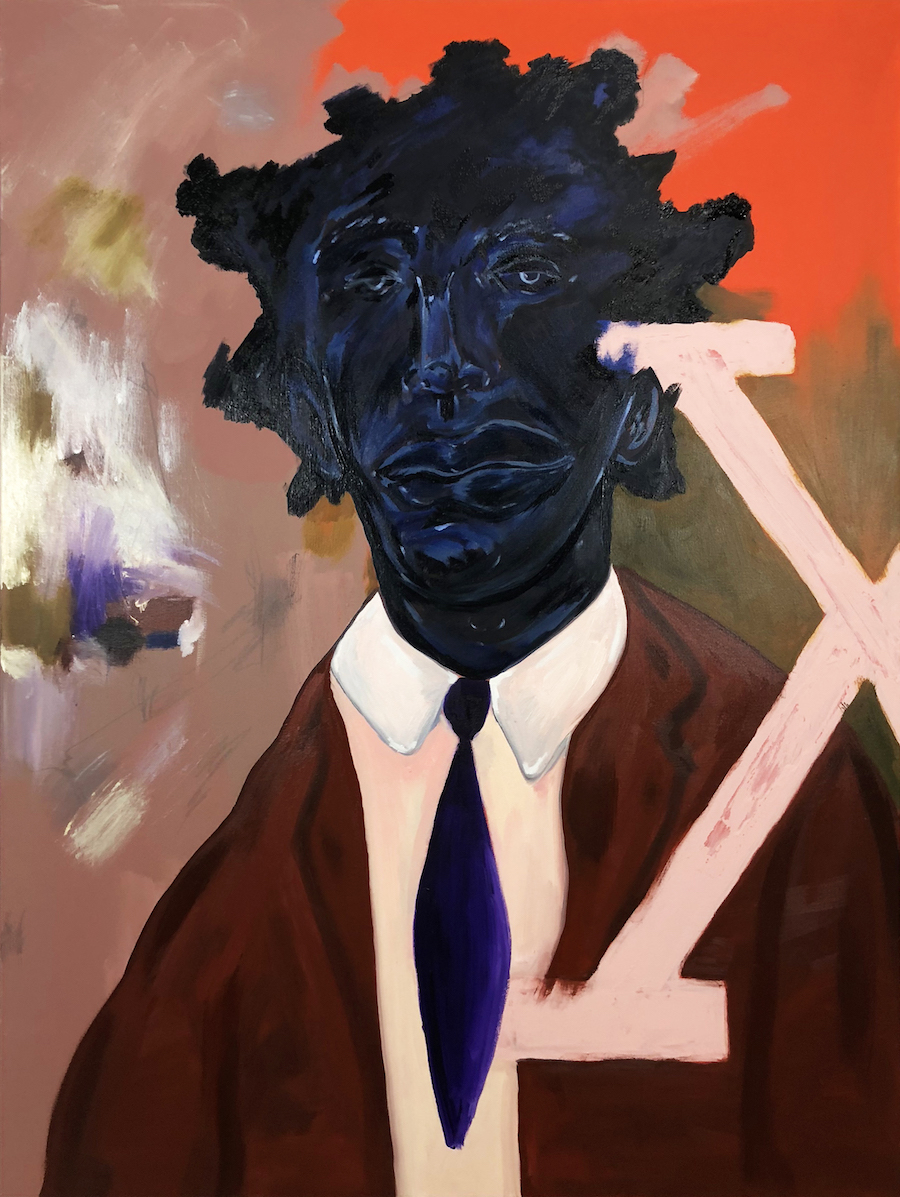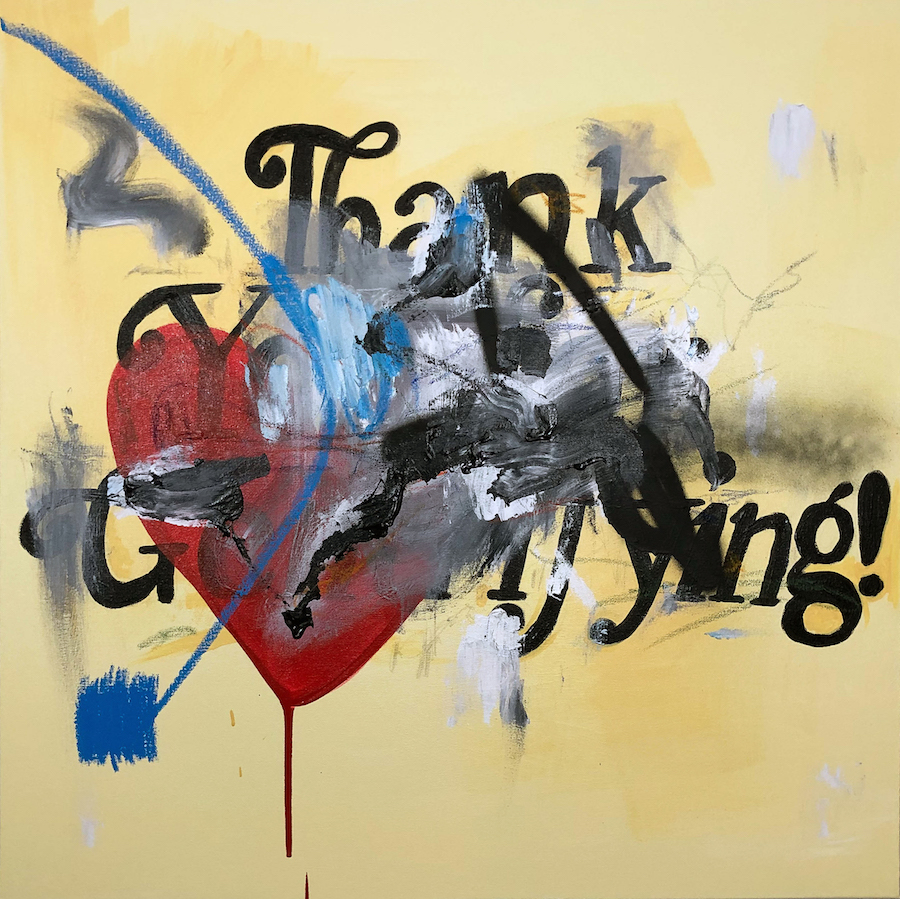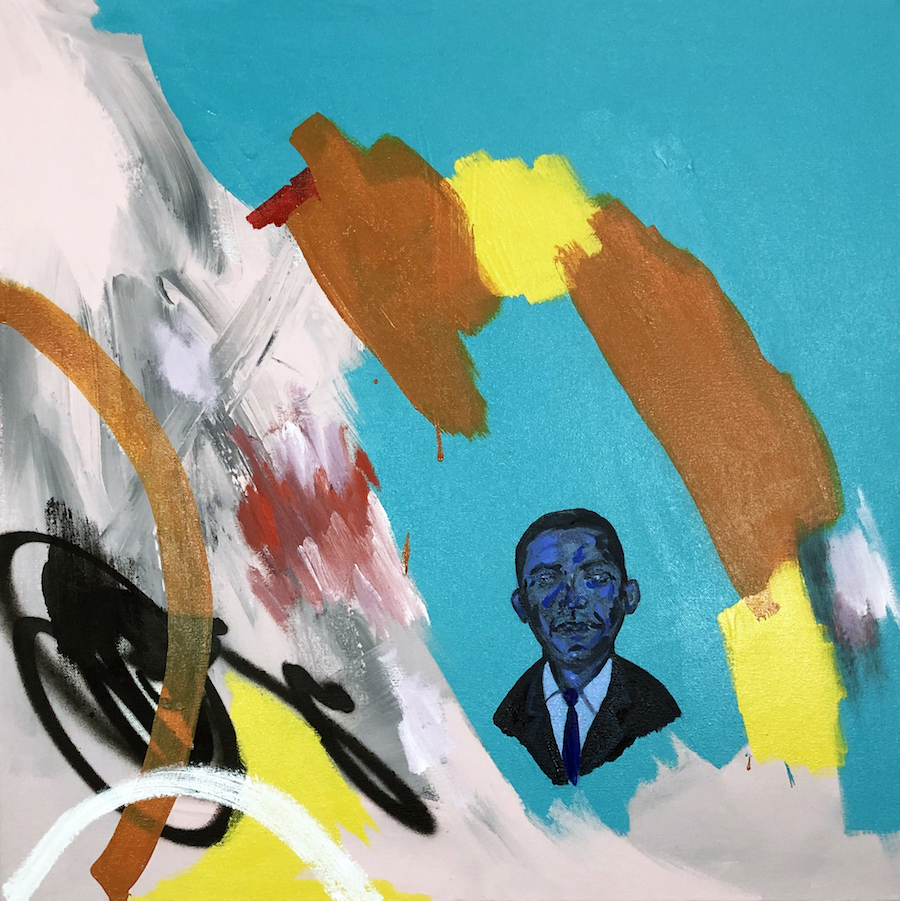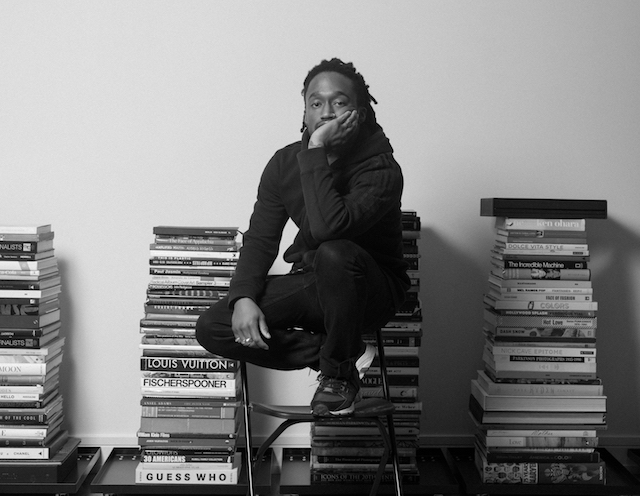The Target wasn’t the first sign. But for Nikko Washington, who grew up watching Hyde Park change into something nearly unrecognizable, it was the one that hit the hardest.
Before the 25-year-old became the go-to album cover artist for members and affiliates of the Savemoney collective — Sterling Hayes and Noname are childhood friends — Washington was a young sketcher honing his eye in his neighborhood. He credits a permission wall between 52nd and 53rd Street with helping him learn his craft alongside local artists.
“Me and Vic would go over there as kids,” Washington remembers. (“Vic,” of course, is fellow Hyde Parker Vic Mensa, also part of Savemoney and Washington's longtime friend.) “You could do murals and sit there and relax and paint. I never started writing, but I was big into characters.”
In early 2014, the wall was demolished to make way for Vue53, a behemothic concrete residential complex with retail on the ground floor — including a Target. To Washington, it was an unmistakable watermark of the gentrification of Hyde Park, fueled by the University of Chicago (the muscle behind the Harper Court complex in 2013) and accelerated since the 2008 election catapulted former resident Barack Obama to national fame.
As developments kept springing up — a boutique hotel on 53rd, a “speakeasy” near the Metra tracks with password-only entry, and, more broadly, the contentious Obama Center in Jackson Park — Washington decided it was time for a different scene.
“The neighborhood’s changed, and change is inevitable. But then you see indicators of a whole new neighborhood, like a Target, or a Whole Foods, or a Native Foods,” Washington says. “It’s time to go, honestly.”
Last October, Washington moved to Pilsen, a neighborhood experiencing its own gentrification-driven identity crisis. The move involved plenty of soul-searching, but the question Washington asked himself was the one he’d been grappling with for years: What happens when the familiar becomes alien?
A month later, when the University of Chicago’s Logan Center for the Arts invited him to exhibit in its ground floor café, he was ready with a full series of paintings, rife with themes of personal and societal upheaval. For 53 ’til Infinity — his first solo show in Hyde Park and on the South Side in general — he created just one new work and put finishing touches on a couple more.
“It felt so natural, so right,” he says of exhibiting in Hyde Park, despite its recent changes. “I really am glad I grew up there when I did, in the time period I did. When I think of a melting pot, I think of Hyde Park as it was: with lots of boutiques, restaurants, and different ethnicities.”
“Was” seems to be the operative word in Washington’s free-wheeling, nostalgic exhibition. In his works, figures are partly obscured, at times disappearing into a hyper-saturated haze. His bold color palette partly stems from necessity: The artist is red-green colorblind, and he finds it easier to differentiate between richer tones.
Washington especially gravitates towards shades of blue, which he has long used to depict black subjects. “I saw this portrait series by this photographer — I don't remember their name — and they were using African models, and they were really highlighting the richness of their skin by using these blue lights, which just vibrated off their skin,” Washington recalls. “I would base my work and figures off that, using that to depict making black art and my spin on it. It’s like a line I remember hearing growing up, ‘You’re so black, you’re blue’ — it just fit.”
Other works are more pointed. In thank you for gentrifying, globs of overlaid paint determinedly blot out the titular text — a commentary on consumerism, urban development, and community resistance rolled into a single canvas.
“My work always reflects my mood and mind-state, and that’s what was going on in my life,” Washington says. “It wasn’t like I had to reach back for this. It was current.”
Below, the artist reflects on three works from 53 ’til Infinity, on display at Logan Center's café until March 30.
working stiff (2018)

In 2018, I got a job at Havas. I was nervous that working at a corporate job would somehow hinder me from my artwork and identity. I’d been independent for two years, and getting money as an artist is so sporadic. I thought anything between shows would be nice. So I did it, and that’s why this is called working stiff. That’s what I was afraid I would be: just a guy in a suit.
When you’re young, you’re really think of yourself as anti-establishment, anti-corporate, anti-business, without knowing the world of business, and that art is a business. When I younger, I was repulsed by all of it. That’s where the X comes from.
In this particular piece, the figure is missing out on the vivid environment around him, because he’s committed to go to this menial job, which is represented by very mundane colors. That cream shirt, brown jacket — that’s something I would never wear.
thank you for gentrifying (2018-19)

This is the one piece that’s pretty blunt. The title comes from the “Thank you for shopping!” bag. The inspiration here is capitalist consumerism and how it displaces people in neighborhoods: You’re putting nicer things in the neighborhood, but if the marginalized people that live there can’t use it, then it’s a double-edged sword and actually a negative thing.
The different materials [acrylic, pencil, oil crayon, oil pastel, and oil stick] add some dimension to a two-dimensional artwork. Plus, I’m using materials that are close to me. It reminds me of when I used to grab graffiti markers and write on the street, or when I was asked to paint a house, or when I was painting in school — they all relate to my life in different ways.
1 (start) (2018-19)

This is the first in a series, but it also represents the beginning of when my neighborhood was turning. I remember when Obama lived in Hyde Park, but when he became president, there was this huge influx of police officers into the neighborhood. They’d stop people on the street and harass them — ask for ID, ask where they lived, arrest people. Once you do that, you push people out, then other people with means want to move in because they think it’s “safer.” It’s just a whole snowball effect. 2008 is when I noticed it, though I’m sure it was starting before I was even aware of it.
Blue is a very calming and constant color in my life — it’s the color of my childhood room, the color of the big sky in the park where I played. And it felt literally out of the blue that this started happening.
The portrait of Obama is done from memory. I didn’t want to look off a portrait, because this piece isn’t about him. It’s about my memory of what happened in the neighborhood, whether correct or not.



